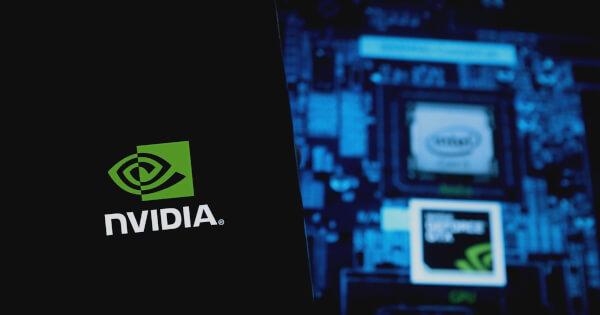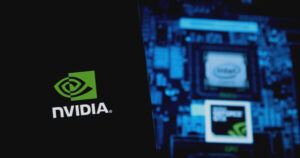Unleashing the Power of NVIDIA’s NCCL 2.24: A Game Changer in Multi-GPU Communication
By Joerg Hiller | Mar 14, 2025 | Extreme Investor Network
In the fast-evolving landscape of deep learning and AI, the technological underpinnings that support multi-GPU and multinode operations are crucial for pushing the boundaries of performance. The latest release of NVIDIA’s Collective Communications Library (NCCL) version 2.24 signifies a monumental step forward, introducing features that not only enhance communication efficiency but also emphasize reliability and observability. Here at Extreme Investor Network, we’re dedicated to bringing you the cutting-edge advancements that influence the cryptocurrency landscape, machine learning, and beyond. Let’s dive into what NCCL 2.24 brings to the table and how it could reshape your development strategy.

What’s New in NCCL 2.24?
NCCL 2.24 introduces a series of groundbreaking features specifically designed to enhance the performance and reliability of deep learning applications:
- RAS Subsystem
- User Buffer (UB) Registration for Multinode Collectives
- NIC Fusion Capabilities
- Optional Receive Completions
- FP8 Support
- Stricter Enforcement of NCCL_ALGO and NCCL_PROTO
The Spotlight: RAS Subsystem
One of the most significant additions in NCCL 2.24 is its Reliability, Availability, and Serviceability (RAS) subsystem. This feature stands out because it equips developers with the tools needed to detect and diagnose application issues — be they crashes or performance slowdowns — particularly in extensive, large-scale setups. RAS operates using a network of threads that maintain a watchful eye over the health of various NCCL processes through regular keep-alive messages, offering a global view of application health and performance.
Streamlined User Buffer Registration
Another notable upgrade is the user buffer (UB) registration for multinode collectives. This optimization leads to more efficient data transfers and significantly reduces GPU resource consumption. By supporting UB registration for multiple ranks-per-node collective networking and standard peer-to-peer networks, NCCL 2.24 makes a tangible impact on performance, especially during computationally intensive operations like AllGather and Broadcast. This could essentially elevate your training times and overall resource efficiency, saving you both time and computational costs in data-heavy environments.
NIC Fusion: Merging Efficiency and Performance
As systems increasingly feature multi-NIC setups, NCCL’s NIC Fusion capability optimizes network communication by logically combining multiple NICs into a singular, cohesive unit. This innovation ensures that network resources are utilized more effectively and mitigates potential crashes that arise from inefficient resource allocation. For applications leveraging multiple NICs per GPU, this functionality can radically enhance communication throughput and resilience.
More Features to Explore
NCCL 2.24 isn’t just about the major upgrades; it also makes strides in additional features designed to refine user experience:
- Optional Receive Completions: Lessen overhead and improve throughput with this refined control mechanism.
- FP8 Support: Extend the library’s capability for native FP8 reductions on NVIDIA Hopper and newer architectures, a vital feature in an era where AI models are ever-expanding in complexity.
- Enhanced Enforcement: The stricter adherence to NCCL_ALGO and NCCL_PROTO types allows users to fine-tune performance and improve error management significantly.
Additionally, performance-boosting bug fixes and improvements related to PAT tuning and memory allocation further enhance the robustness of the NCCL framework.
Conclusion: The Implications for Crypto and AI
As the synergistic relationship between AI and blockchain technologies continues to evolve, having powerful, scalable tools like NCCL 2.24 is indispensable for developers looking to innovate in the cryptocurrency space. Enhanced deep learning training capabilities directly correlate with improved algorithmic trading, predictive analytics, and smart contract efficiencies. Here at Extreme Investor Network, we believe that staying ahead of these developments will give you that competitive edge in crypto investments and tech solutions alike.
Stay tuned for more in-depth articles and updates, as we continue to track how advancements like NVIDIA’s NCCL 2.24 are shaping the future landscape of cryptocurrency, blockchain, and beyond. Let’s invest in knowledge together!
For more cutting-edge insights and expert analysis on cryptocurrency and blockchain technology, be sure to visit our site regularly. Join the Extreme Investor Network community and elevate your investment strategies with critical updates and tools!

